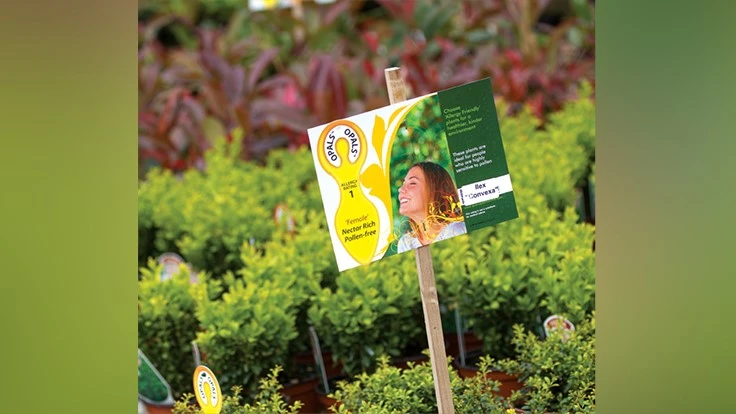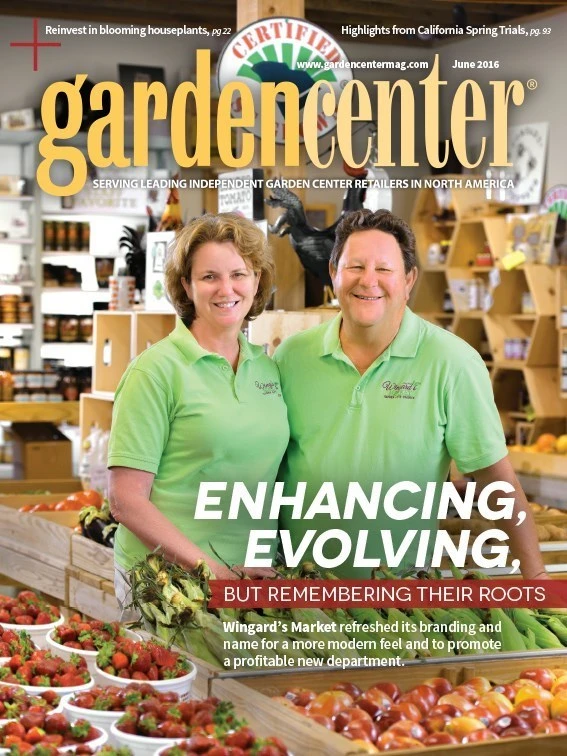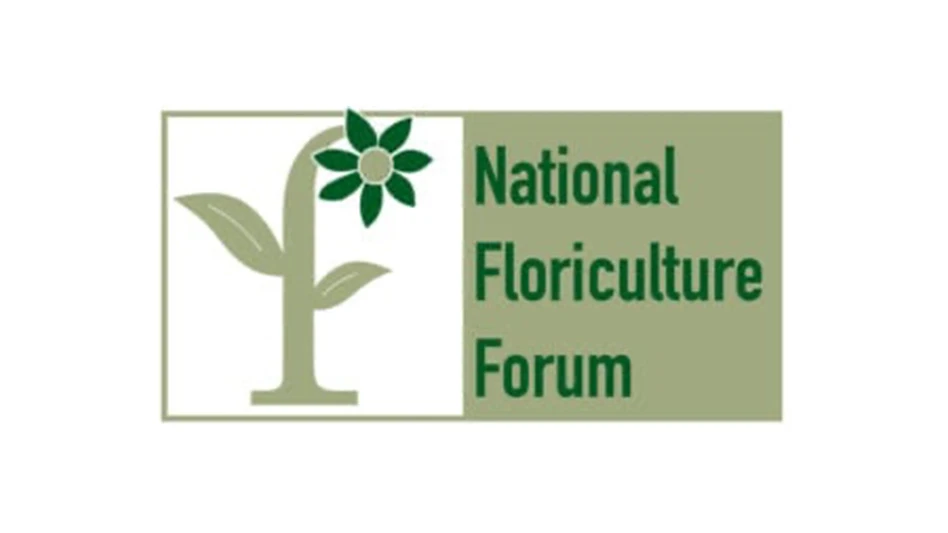
QUEUXPLANT CENTRE — GUERNSEY, CHANNEL ISLANDS


Allergies and asthma deprive millions of Americans of gardening’s simple pleasures. It’s widely understood that pollen spells misery for allergy sufferers, but guidance about allergy-smart landscaping has been limited. For severely affected families, plant-related allergies go beyond seasonal sniffles; exposure can threaten life. People most at risk may avoid independent garden centers altogether, but IGCs can offer answers and hope.
More than three decades ago, Tom Ogren set out to make a difference for his wife’s intense allergy and asthma bouts. Armed with a horticultural background, the former nursery owner started researching allergenic plants. Along the way, what started as a personal landscaping plan turned into a big idea: a comprehensive system of ranking plants based on allergy-inducing potential. The Ogren Plant Allergy Scale (OPALS) is now helping bring relief worldwide — one landscape, one nursery, one schoolyard at a time.
Grasping the interest in allergies and the opportunity
Leading health organizations warn of an allergy and asthma crisis underway. The Centers for Disease Control and Prevention reports more than 8 percent of U.S. adults and 8.4 percent of children had diagnosed pollen-related allergies in 2014. One in every 14 Americans now has asthma, and 2013 saw 3,630 asthma-linked deaths in the U.S. alone. The National Institutes of Health notes asthma is now the most common chronic childhood disorder, and pollen is a significant trigger.
Dr. Jennifer Weinberg, M.D., M.P.H., M.B.E., a specialist in preventive and lifestyle medicine, sees Ogren’s work as important to the fight. She incorporates allergy-friendly OPALS principles in her wellness toolkit. “As I work with a lot of patients and clients who have very severe environmental sensitivities, asthma, autoimmune disease, mast cell issues and allergies, I was intrigued to learn more about the OPALS concept and how it might benefit their and my own health,” Weinberg explains. “I see it as a component of creating the healthiest possible environment to support each individual’s unique health needs and therefore as an important environmental health tool.”
High-profile reports linking public pollen exposure with injury have fed interest in allergy-wise plant choices. Even “pollen trespass” lawsuits have occurred. More municipalities are passing pollen control ordinances and plant restrictions. A proposed statewide strategic plan for asthma in California includes allergy-smart plants with a nod to OPALS. Understanding the issues and answers at an IGC level can serve affected families and communities. As Dr. Weinberg notes, “It is empowering to have guidelines that allow you to still enjoy the beauty and therapeutic value of nature while limiting irritants and allergens.”

Understanding the history and science behind plant ratings

The OPALS system has around since the late 1990s, with constant enhancements as Ogren’s research continues. While the idea is relatively new to IGCs, there is historical precedent. Richard Lankow, Ph.D., in Plant Pathology and Plant Biochemistry, provides training and scientific support in allergy research, allergy immunotherapy and allergen characterization, with OPALS as one component. Dr. Lankow notes that while allergists are “not well trained in botany,” the medical field has referred to less comprehensive principles for decades.
In 1931, allergist Dr. August Thommen presented five criteria for allergenic plants. Eventually known as Thommen’s Postulates, they included pollen quantity, size and dispersion, plant distribution and ability to induce allergic response. (Dr. Lankow notes proteins released by pollen causes immune response, not pollen itself). “As we learned more about the biology of allergenic plants, it became apparent to some that the Postulates, while meaningful, were incomplete,” Dr. Lankow explains. “Tom Ogren entered the scene and brought with him a deep understanding of the nature of allergy, the role of airborne allergens, and an encyclopedic knowledge of the biology of plants, both wild plants and cultivated plants.”

Discovering the information OPALS ratings can provide
Ogren’s third book on OPALS and plant allergies, “The Allergy-Fighting Garden,” goes beyond explaining Ogren’s scale. It provides a wealth of knowledge for staff, customers and the community. At its heart is a listing of thousands of rated plant varieties and specific qualities that swayed their rating pro or con. Ogren hopes allergy-impacted families will find the book — well-worn from constant use — in the hands of local garden center and landscape professionals.
Rather than five criteria like Thommen’s Postulates, OPALS considers more than 130 factors. They include:
- length and season of bloom
- quantity of pollen, if any
- flower type and plant sex, if dioecious. (Male plants contribute disproportionately to pollen problems)
- size, shape, weight and stickiness of pollen grains
- reactions to fragrance or skin contact
- rankings on medical scratch, patch and sniff tests
- pollen potency and symptom-inducing substances released.
Plants receive a numeric ranking between 1 and 10, with 1 being the least allergenic and 10 the worst. Ranks of 1 to 5 represent good allergy fighters. Plants are ranked in relation to similar plants — trees against trees, for example. By nature of their size, highly ranked trees represent greater threats than perennials with the same ranking. In addition, proximity matters. Consider Ogren’s example of a cigar smoked blocks away versus right outside your window. Pollen travels long distances, but limiting immediate exposure helps.
Putting allergy-fighting principles to work in IGCs
Allergy-smart promotions in your IGC don’t demand an inventory makeover. “A lot of garden centers have some very good stuff already. They don’t realize how choice it is,” Ogren says. Ratings add one more selling point for many plants already on your lot. Delphiniums, one of the National Garden Bureau’s Plants of the Year for 2016, get the allergy-fighting seal of approval. So do many pollinator plants, including Asclepias and Perovskia. As Dr. Lankow points out, insect-pollinated plants are rarely important allergens.
One of Ogren’s primary concerns is accuracy and integrity of “allergy-free” designations. “For people with extreme allergies, getting a mislabeled plant is one of the worst things that can happen,” he explains. To that end, the nonprofit Society for Allergy Friendly Environmental Gardening (SAFE Gardening), with Ogren on its board, is collaborating with growers to make allergy-smart, OPALS No. 1 plants more readily available in the trade. A SAFE Gardening “No. 1” plant tag is in the works, and a full set of OPALS 1-10 plant tags is in use at Queux Plant Centre in Guernsey, Channel Islands, where the cause of allergy-friendly plants and plantings is in full swing.
Allergy-fighting principles can be incorporated easily into seminars and handouts. (Note that Ogren holds a trademark on “OPALS” and “Allergy-Free Gardening.”) Allergy-friendly plant displays, allergy-fighting landscape designs, allergy-free demonstration gardens, and collaborations with schools and other community groups can keep your IGC in the news and in the public’s minds. Even your birding segment can be promoted, as birds help eliminate pests that encourage mold diseases, which increase airborne allergens.



Explore the June 2016 Issue
Check out more from this issue and find your next story to read.
Latest from Garden Center
- How garden centers can leverage plants in floral design
- Hoffman Nursery announces David Hoffman as CEO, Craig Reynolds as COO
- Magic & mystique
- National Garden Bureau announces 2025 Green Thumb Award winners
- Applications now open for American Floral Endowment graduate scholarships
- Weekend Reading 1/17/25
- A nation of gardeners
- De Vroomen Garden Products celebrates 100 years with new products, global celebrations





